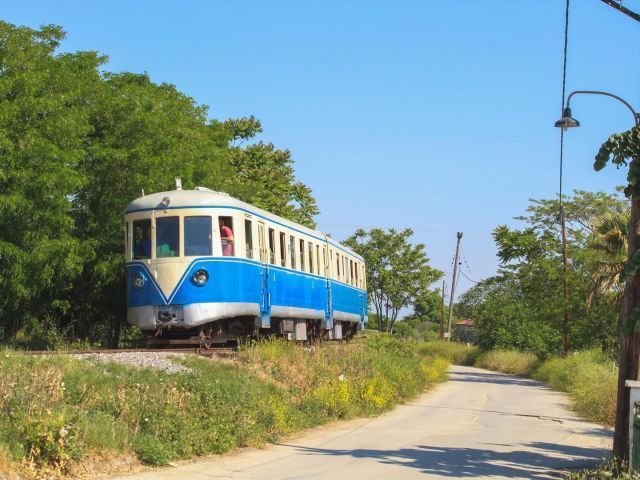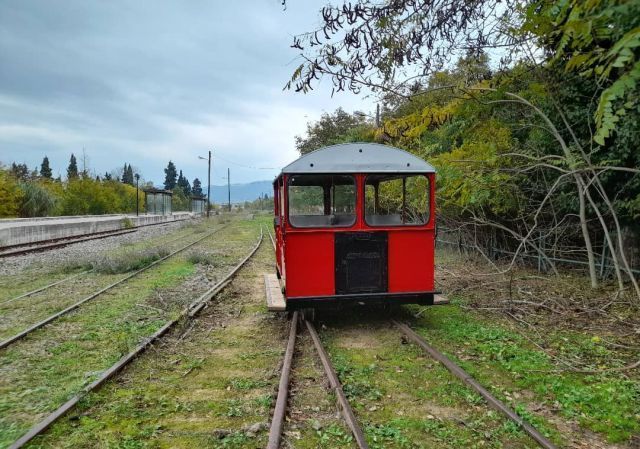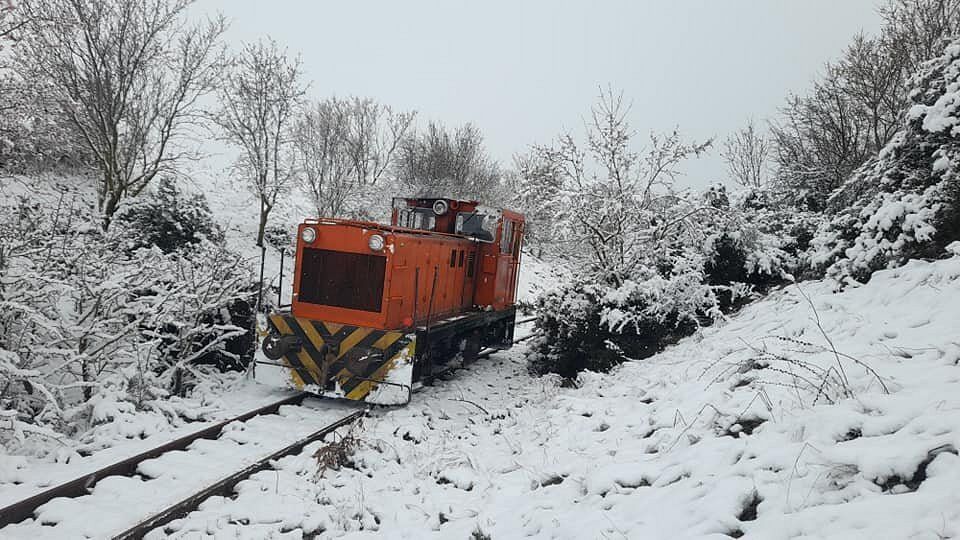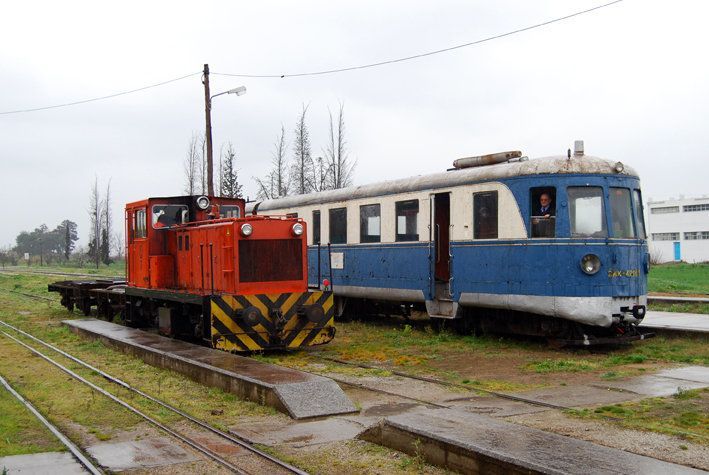ΜΟΥΣΕΙΑΚΟΣ ΣΙΔΗΡΟΔΡΟΜΟΣ ΘΕΣΣΑΛΙΑΣ
Εκεί που η ιστορία γράφεται σε ράγες...
ΑΝΑΒΙΩΣΗ ΤΗΣ ΙΣΤΟΡΙΑΣ
ΑΝΑΚΑΛΥΨΤΕ ΤΗΝ ΤΕΧΝΗ ΤΗΣ ΑΠΟΚΑΤΑΣΤΑΣΗΣ ΤΡΑΙΝΩΝ
ΓΙΝΕ ΜΕΛΟΣ ΤΗΣ ΟΙΚΟΓΕΝΕΙΑΣ ΜΑΣ
Ο σιδηρόδρομος είναι μία μικρογραφία της κοινωνίας όπου ζούμε.
Είτε λειτουργικός είτε μουσειακός χρειάζεται την προσφορά και την ομάδα για να λειτουργήσει.
Αν σου αρέσει ο σιδηρόδρομος, η φύση, η ιστορία και έχεις το ομαδικό πνεύμα ή απλά σου αρέσει να προσφέρεις να η ευκαιρία σου!
Ο Μουσειακός Σιδηρόδρομος Θεσσαλίας ξεκίνησε την δράση του το 1999 από μία μικρή ομάδα εθελοντών
με μοναδικό κίνητρο την ανάδειξη της ιστορικής αυτής γραμμής από το Βόλο μέχρι τον Παλαιοφάρσαλο.
Για το σκοπό αυτό σαν έδρα χρησιμοποιήθηκε ο σταθμός του Βελεστίνου,
λόγω ύπαρξης υποδομών ικανών να καλύψουν τις ανάγκες
για την λειτουργία του μουσειακού μας σιδηροδρόμου.
Aκτινωτός τροχός
Χαρακτηριστικό πολλών ιστορικών οχημάτων των "Σιδηροδρόμων Θεσσαλίας" ο ακτινωτός τροχός. Με σεβασμό και αγάπη κυλάμε τον τροχό και συνεχίζουμε.















